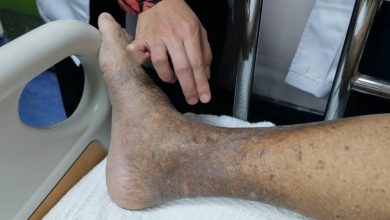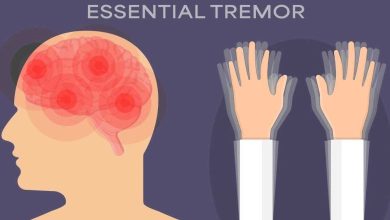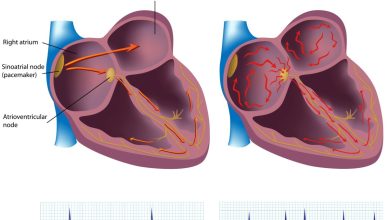Cervical Dystonia Causes, Symptoms, Diagnosis and Treatment

What Is Cervical Dystonia?
Cervical dystonia is a neurological movement disorder marked by involuntary muscle contractions in the neck. It tends to lead to abnormal postures and slow repetitive movements of the head and neck.
Such movements may either be sustained or continuous. Known to be painful, they may be accompanied by tremors. The severity of the symptoms may vary from individual to individual.
It rarely occurs in adolescence and young adulthood, and is more common in middle aged people. Moreover, a small proportion of affected individuals may develop cervical dystonia as a result of other diseases.
Cervical dystonia can be classified as either primary or secondary, depending on whether its cause is idiopathic or symptomatic in nature.
There is no cure for cervical dystonia. However, treatment is known to relieve symptoms.
Causes Of Cervical Dystonia:
The cause of cervical dystonia may be:
- Primary
Familial in nature
A family history of cervical dystonia - Secondary
Physical trauma
Perinatal (during birth) cerebral injury
Kernicterus
Cerebrovascular diseases
Drug induced
Central nervous system tumor
Peripheral or central trauma
Infectious or post infectious encephalopathies
Toxins
Metabolic
Paraneoplastic syndromes
Central pontine myelinolysis
Risk Factors Of Cervical Dystonia:
• Age.
It most commonly begins between the ages of 40 and 70.
• Sex.
Women are more likely to develop cervical dystonia than men.
Symptoms Of Cervical Dystonia:
Cervical dystonia is marked by involuntary muscle contractions. This may cause abnormal posture of head and neck, if the contractions are sustained. If they are periodic in nature, the contractions may produce jerky head movements.
Cervical dystonia begins in the neck and spreads into the shoulders, but symptoms usually do not vary within five years of onset.
Symptoms are known to worsen while the patient is walking or during periods of increased stress. Other symptoms include:
- muscle hypertrophy
- neck pain
- dysarthria
- Tremor
Diagnosis Of Cervical Dystonia:
Cervical dystonia is solely diagnosed via a physical examination.
However, further tests are conducted to find the root cause of the exhibition of signs and symptoms.
These may include:
- Blood or urine tests, which may reveal the presence of toxins.
- Magnetic resonance imaging (MRI), which is used to identify and visualize tumors or evidence of stroke.
- Electromyography (EMG), which can help confirm whether the patient has cervical dystonia or another condition.
Treatment Of Cervical Dystonia:
Although there is no known cure for cervical dystonia, treatment may help in relieving symptoms.
Available treatment options include:
- Medications
Botulinum toxin.
o Dysport
o Botox
o Xeomin
o Myobloc
Parkinson’s drugs.
Muscle relaxants.
o diazepam (Valium, Diastat)
o lorazepam (Ativan)
o clonazepam (Klonopin)
o baclofen (L’Oréal, Gablofen)
Pain medications. - Therapy
use of a neck brace
stress management techniques training - Surgical and other procedures
Cutting muscles or nerves.
o selective denervation surgery
Deep brain stimulation (DBS)
By : Natural Health News




